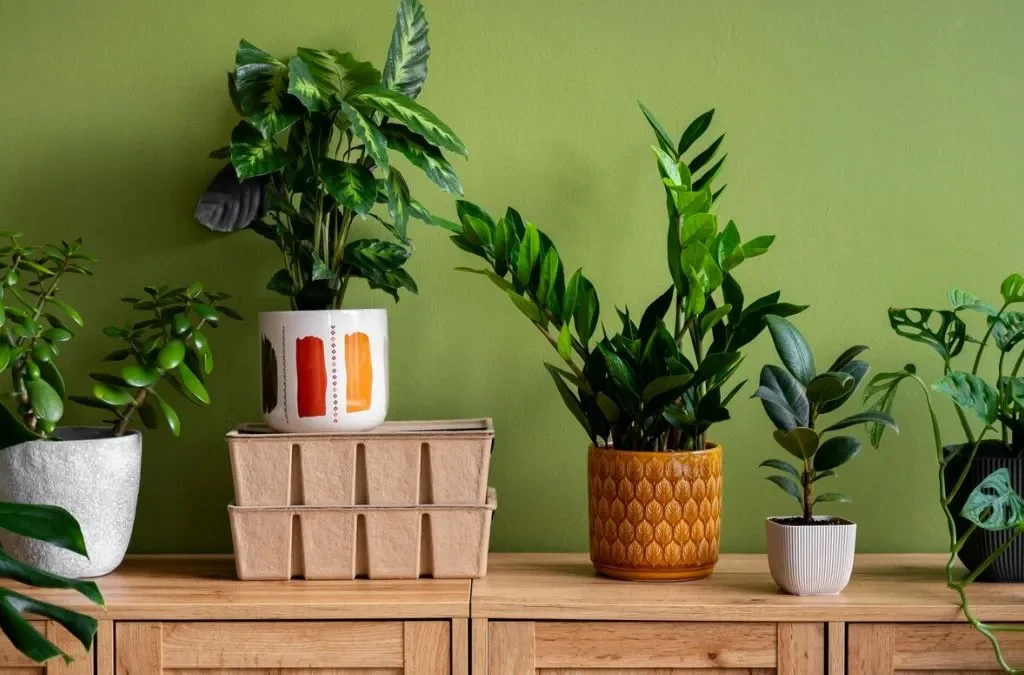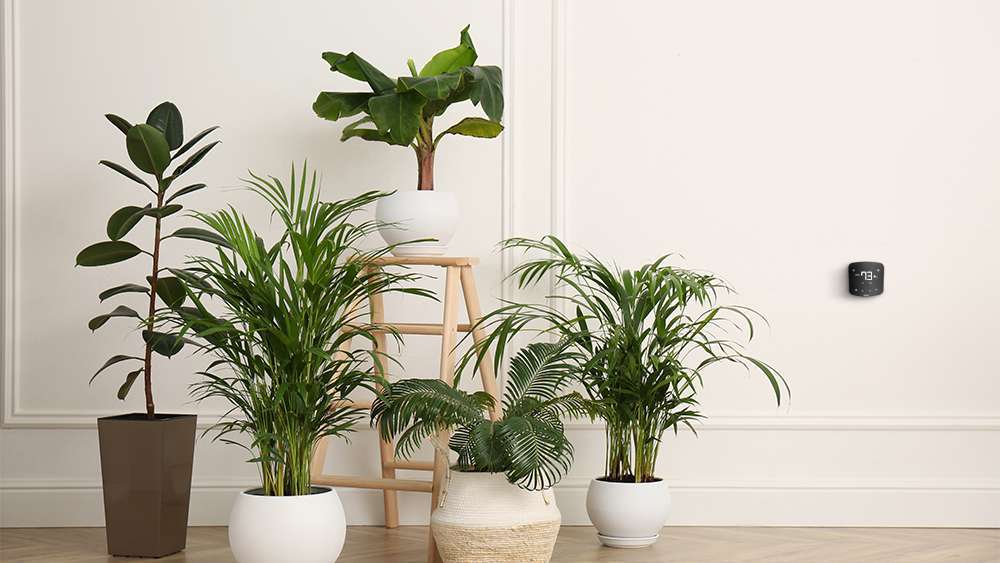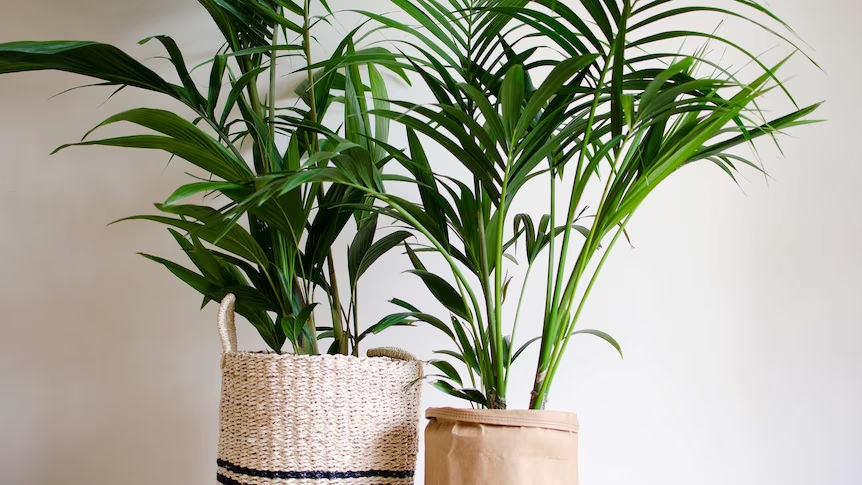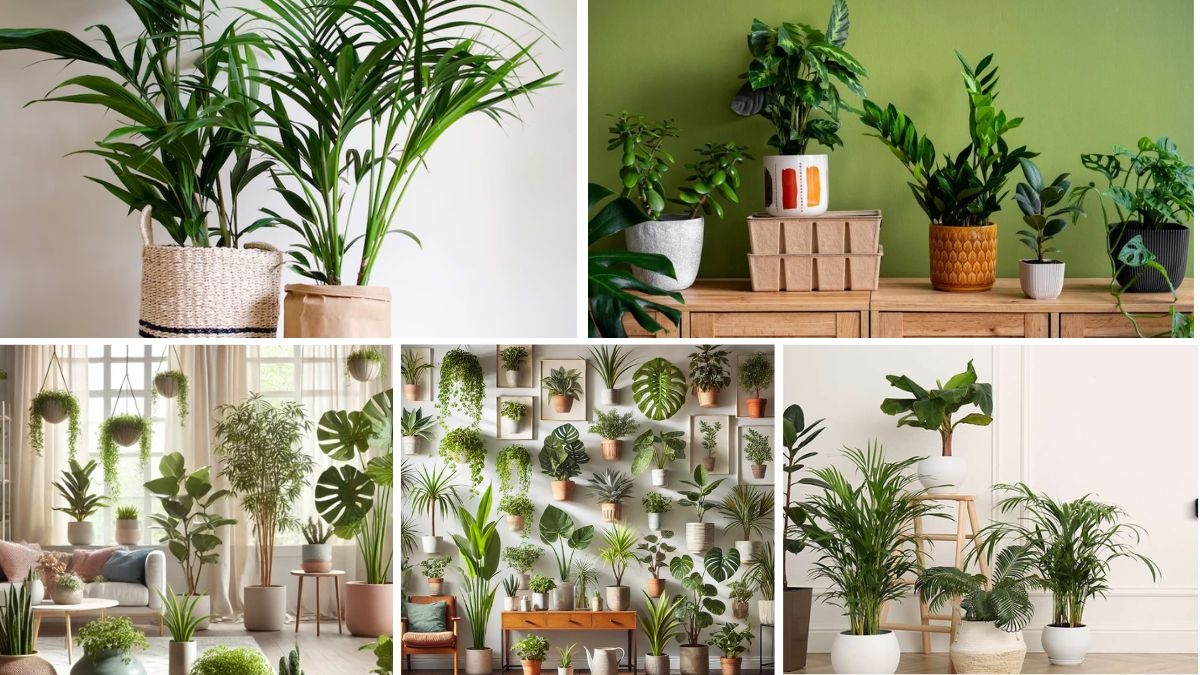In our modern lifestyles, we spend nearly 80–90% of our time indoors—whether at home, work, or other enclosed spaces. While this keeps us safe from outdoor pollutants, indoor air quality is often overlooked. Household cleaning supplies, synthetic furniture, paints, carpets, and even electronics release harmful toxins such as benzene, formaldehyde, toluene, and xylene. Poor ventilation can worsen the problem, leading to headaches, fatigue, allergies, and respiratory issues.
Fortunately, nature provides a simple and effective solution: indoor plants. Beyond their aesthetic beauty, several plant species are scientifically proven to filter toxins, release oxygen, and maintain healthier humidity levels indoors. NASA’s famous Clean Air Study (1989) highlighted the role of indoor plants in removing harmful pollutants from sealed environments, making them an essential tool for creating cleaner living spaces.
This article explores some of the best plants that improve indoor air quality naturally, their benefits, and how you can integrate them into your home.
Why Indoor Plants Improve Air Quality

Plants purify air through a process called phytoremediation, which involves:
- Absorption of Toxins – Through their leaves and roots, plants absorb volatile organic compounds (VOCs) such as benzene, formaldehyde, and trichloroethylene.
- Oxygen Release – During photosynthesis, plants absorb carbon dioxide and release oxygen, refreshing the indoor environment.
- Microbial Action in Soil – Microorganisms in the potting soil also contribute to breaking down harmful substances.
- Humidity Regulation – Plants release water vapor during transpiration, preventing overly dry air, which is a common problem in air-conditioned or heated spaces.
By combining these effects, indoor plants act as natural air filters and humidity balancers.
Top Plants That Naturally Purify Indoor Air
1. Snake Plant (Sansevieria trifasciata)
Also known as the “Mother-in-law’s Tongue,” the snake plant is one of the most efficient natural air purifiers.
- Air-Cleaning Properties: Removes benzene, formaldehyde, trichloroethylene, and xylene.
- Unique Benefit: Unlike most plants, snake plants can perform photosynthesis at night, releasing oxygen while you sleep. This makes them excellent for bedrooms.
- Care Tips: Extremely low maintenance. They thrive on neglect, need minimal watering, and tolerate low light conditions.
2. Aloe Vera (Aloe barbadensis miller)

Best known for its medicinal gel, aloe vera is also a fantastic air purifier.
- Air-Cleaning Properties: Absorbs benzene and formaldehyde, often found in paints and cleaning agents.
- Unique Benefit: Its leaves develop brown spots when exposed to high levels of pollutants—acting as a natural air-quality indicator.
- Care Tips: Prefers bright, indirect sunlight and minimal watering. Place it on windowsills or kitchen counters.
3. Spider Plant (Chlorophytum comosum)

One of the most beginner-friendly indoor plants, spider plants are resilient and adapt to many environments.
- Air-Cleaning Properties: Removes carbon monoxide, formaldehyde, and xylene.
- Unique Benefit: Known for producing small “baby” plantlets, spider plants are easy to propagate and multiply quickly.
- Care Tips: Thrives in indirect sunlight and needs regular watering. Ideal for hanging baskets to save space.
4. Peace Lily (Spathiphyllum spp.)
Peace lilies are both elegant and effective at cleaning indoor air.
- Air-Cleaning Properties: Removes benzene, carbon monoxide, formaldehyde, and trichloroethylene.
- Unique Benefit: They can absorb mold spores, making them especially beneficial in bathrooms or damp areas.
- Care Tips: Peace lilies prefer shaded areas and need weekly watering. Their white blooms add a decorative touch.
5. Areca Palm (Dypsis lutescens)
A natural humidifier, the areca palm is often called the “butterfly palm” due to its graceful fronds.
- Air-Cleaning Properties: Removes toluene, formaldehyde, and xylene.
- Unique Benefit: Releases a significant amount of moisture into the air, making it ideal for dry environments.
- Care Tips: Prefers bright, indirect sunlight and regular watering. Suitable for living rooms or large spaces.
6. Boston Fern (Nephrolepis exaltata)
With lush, feathery fronds, Boston ferns are both decorative and functional.
- Air-Cleaning Properties: Highly effective in removing formaldehyde and xylene.
- Unique Benefit: Excellent at restoring humidity levels in overly dry rooms.
- Care Tips: Needs frequent watering and thrives in cool, humid environments. Mist the leaves regularly to prevent drying.
7. Rubber Plant (Ficus elastica)

A hardy plant with large glossy leaves, the rubber plant is excellent for absorbing indoor toxins.
- Air-Cleaning Properties: Removes formaldehyde and other volatile organic compounds.
- Unique Benefit: Large leaves are highly efficient at absorbing airborne chemicals and dust.
- Care Tips: Thrives in bright, indirect light. Water moderately and allow soil to dry between watering.
8. Bamboo Palm (Chamaedorea seifrizii)
Also known as the “reed palm,” this plant is a popular choice for indoor decor.
- Air-Cleaning Properties: Filters benzene, trichloroethylene, and formaldehyde.
- Unique Benefit: Acts as a natural humidifier while adding a tropical feel to interiors.
- Care Tips: Prefers low light and moist soil. Perfect for offices and living rooms.
9. Gerbera Daisy (Gerbera jamesonii)
Known for their cheerful blooms, gerbera daisies also help improve indoor air quality.
- Air-Cleaning Properties: Removes benzene and trichloroethylene.
- Unique Benefit: Produces high oxygen levels, especially effective in bedrooms and living rooms.
- Care Tips: Requires bright, direct sunlight and consistent watering. Best suited for sunny windows.
10. Chinese Evergreen (Aglaonema spp.)

With attractive patterned leaves, the Chinese evergreen is both decorative and functional.
- Air-Cleaning Properties: Filters a wide range of indoor pollutants, including benzene and formaldehyde.
- Unique Benefit: Adaptable to low-light conditions, making it perfect for offices and shaded areas.
- Care Tips: Requires moderate watering and occasional fertilizing.
Additional Benefits of Indoor Plants
Beyond improving air quality, these plants offer additional benefits:
- Mental Well-being: Studies show that being around greenery reduces stress, anxiety, and fatigue.
- Productivity Boost: Offices with indoor plants report higher concentration and creativity levels.
- Aesthetic Appeal: Plants add natural beauty, color, and freshness to any interior design.
- Health Improvements: Cleaner air reduces risks of allergies, asthma, and respiratory discomfort.
Practical Tips for Using Indoor Plants for Air Quality
- Right Placement: Position plants in areas with the highest pollutant exposure—near kitchens, bathrooms, and workspaces.
- Diversity Matters: Different plants absorb different toxins. A mix of species enhances purification.
- Potting and Soil Care: Use well-draining soil and clean pots to prevent mold buildup.
- Number of Plants: For optimal effect, NASA recommends at least one plant per 100 square feet of space.
- Maintenance: Regularly dust leaves, prune dead foliage, and repot when necessary to keep plants healthy.
Conclusion
Indoor pollution is an invisible problem, but it directly impacts our health and well-being. Fortunately, plants offer a simple, cost-effective, and natural solution to cleaner air. Species like the snake plant, aloe vera, spider plant, peace lily, and areca palm are more than just decorative accents—they actively remove toxins and refresh indoor environments.
By incorporating these plants into your home or workplace, you not only beautify your surroundings but also create a healthier, more breathable atmosphere. In a world where technology often overshadows nature, embracing these green companions helps us reconnect with the natural systems that sustain us.
Ultimately, plants are more than decor—they are life-supporting allies. Investing in them is investing in your own health, comfort, and quality of life.




Leave A Comment